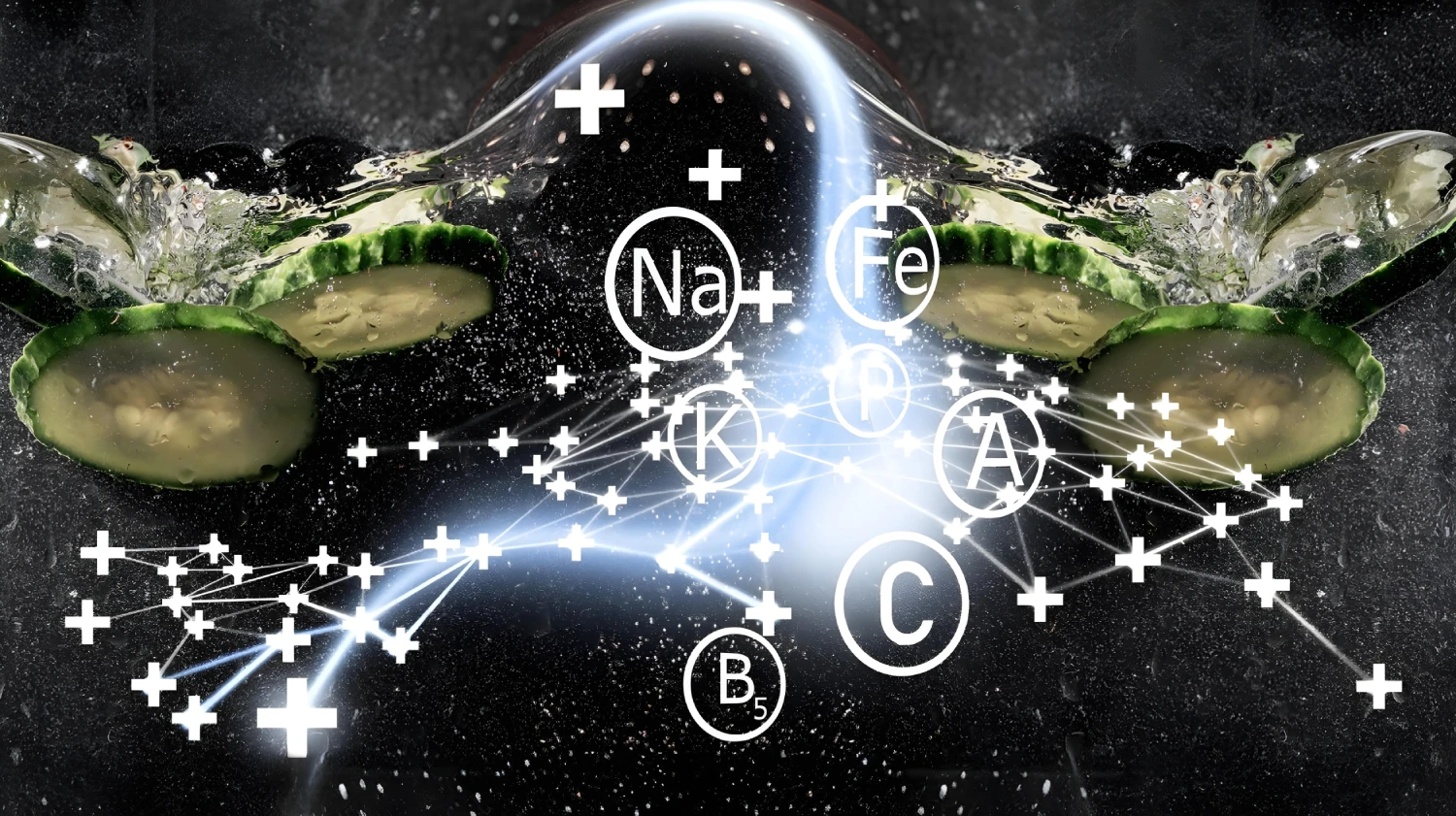What Is Food Concept Development and Why It Matters for Your Brand
What is Food Concept Development?

Behind every great food product is a clear, market-ready concept that aligns with consumer needs and business goals. Before the first ingredient is chosen or any branding begins, there’s one step that shapes it all.
This is where your food idea is explored, defined, and sharpened. It’s not just about creativity; it’s about giving your idea a clear purpose, aligning it with what your customers are looking for and what the market truly needs.
Right food concepts turn ideas into successful, market-ready products. Effective early-stage thinking lays the groundwork for every stage of product development. In this blog, we’ll walk you through what food concept development really means, why it’s a game-changer, and how it can help you turn good ideas into great products.
Defining Food Concept Development: Scope and Objectives
When we speak about developing a food concept, we are actually talking about two fundamental questions:
1. What should be developing as a concept?
It is not merely a product or flavour; it is the source of the next big idea of your brand. At this phase, you develop the fundamental concept: the intended customer, the undiscovered market interest, the functional or emotional value creation, and the way it fits your brand name, business objectives, and overall brand positioning.
2. What are we wishing to attain?
An organised idea that is simplified and can be tested prior to the next development phase. Connecting your idea to emerging consumer trends ensures it is market-relevant and has the potential to evolve into one of the most marketable concepts in your category. This foundation enables a smoother transition into the next phases—concept testing, R&D planning, branding, and ultimately achieving product-market fit in the food industry.
Why This Phase Is Critical to Success?
Consumers are looking for more from their food; they value options that support health, sustainability, functionality, authenticity, etc. That is why clarity is paramount at the premature stage. Your concept has to be based on a real demand, show strong food innovation strategy alignment, and have a competitive edge supported by early competitor analysis.
Research And Food Trends In Concept Development
Development of a food concept is the stage where preliminary ideas are translated into a structured, strategic framework, ensuring alignment with emerging consumer food trends. These trends reflect shifting consumer preferences across ingredients, claims, and sensory expectations, providing stabilisation of a strategic foundation for the development of a food concept that is both distinctive and commercially relevant.
A while growth in the plant-based category is stabilising; flexitarian consumers—who incorporate both plant-based and traditional protein sources; continue to demonstrate significant interest. Grounding your food concept development in these emerging trends enhances the potential for success through informed concept validation, strategic research and development planning, coherent branding, and ultimately achieving product-market fit within the food industry.
Core Checklist: Market, Consumer, and Competitor Insights

Any powerful food concept development would require a very clear vision of the environment that is to be entered. This is the reason to start the food product development process by building a foundation based on research. Market Data, consumer details, and competitor analysis are the three pillars which critically help in the formation of innovative marketable food concepts and Product-market fit in food industry
- The market Insights suggests larger shifts in the food industry. Has the nation’s approach to eating patterns evolved, with greater emphasis on frequent, nutrition-rich consumption throughout the day? Is there more and more demand for regional development of clean-label functional food development? Credible industry reports along with food trend research can help brands to have a clear understanding of what is changing and evolving. This knowledge can shape your new food product ideas and aid predictive innovation and act as a pointer to future development.
- Consumer Insights go beyond the basics, uncovering real consumer’s behaviours, desires, and gaps that the market hasn’t yet addressed. Modern consumers are increasingly directing their food investments toward sustainability, transparency, and emotional well-being. Their purchasing behaviours – from grocery shopping and snacking to food-centric celebrations-offer valuable insights into these shifting priorities. These responses do not only give shape to a product but also the intended purpose of your food idea. They contribute to the development of topical, viable concepts.
- Competitor analysis does not only make your idea good but unique. It presents what has already been done, what works, and what can be distinctive about your brand. When your competitors are obsessed with indulgent products, maybe you can gain an advantage with guilt-free products. Such an analysis will aid your food branding and brand positioning, and ensure your concept doesn’t get lost in the noise.
Building Food Concepts After Using Consumer and Market Inputs
Once you have gathered insights from food trends, consumer behavior, and competitor analysis, the food concept development phase becomes more focused and strategic. At this stage, research and concept validation in the food industry transform insights into actionable knowledge—you gain a deeper understanding of what consumers want, what the market is shifting toward, and where competitors are positioned.
Using these insights, you develop a marketable food concept that informs food product development, with clear differentiators—whether it’s a unique flavor profile, functional ingredients, innovative processing technology, or a disruptive SKU strategy. This well‑informed concept becomes the foundation for strong product positioning, brand positioning and a clear USP that resonates with the target audience.
With a solid concept in place, guided by a strategic food innovation strategy, you move confidently toward product‑market fit in the food industry. At this point, brand development becomes focused and clear-understandable—making sure that there is continuity between the concept and the shelf.
Aligning Concepts with Brand Strategy and Identity
Following the collection of consumer and market insights, the subsequent step in food concept development involves ensuring alignment between the proposed concept and the brand’s core strategic objectives. A concept is defined by its consistency with the brand’s foundational direction. It’s about staying true to your brand’s values and the bigger vision you aim to achieve. This is where brand positioning for food products becomes essential. This alignment helps translate your concept into a product that feels authentic to your brand while still tapping into real market opportunities and long-term relevance.
When you develop food concepts using this strategic perspective, they will be clear and consistent. The outcome is an enhanced emotional appeal to your audience, easier communication at the time of introducing your product and a better chance of experiencing growth in the food business growth in the long run. It also assists you to develop a brand that does not merely make sense; it is memorable in a marketplace that is getting more and more crowded.
Brand-Concept Fit Key Checks:
- Is that concept similar to your brand tone, mission, and identity?
- Does the concept fit the branding strategy you have now?
- Will it enhance your expertise of product-market fit in the food industry?
- Will this concept remain relevant during the product launch phase and future scaling of the food business?
- Does it appeal to the expectations of your current customers?
Concept Validation in the Food Industry

Effective concept testing in the food industry is the core of the concept of development; it’s where your ideas meet real-world reactions. When implemented right, this stage helps you make your concept stronger, reduce risk, and boost product-market fit in the food industry.
Here are the key concept-testing methods.
1. Concept Surveys & Mockups
Share simple descriptions or visuals to measure appeal and purchase intent. These surveys are low-cost but provide high impact—especially in early stages
- Consumer Feedback Through Concept-Level Sensory Trials
This indicates a strategic focus on gathering insights at the concept stage through competitor benchmarking, rather than pursuing complete product validation. - Concept Refinement Through Continuous Validation
Incorporate ongoing consumer input and market data to validate and enhance your food concept. This iterative process ensures strategic alignment and reduces risk before entering the food product development phase.
Why This Matters:
- Early Validation – Spot flaws before budgeting time and money on full-scale development.
- Consumer-Centric Branding – Fine‑tune your brand message and product positioning using real feedback.
- Launch-Ready – Build a validated concept that sets the stage for a smoother food product launch strategy.
Scalable Food Innovations with Food Product Consultant
A well-crafted food concept, grounded in deep consumer insights, validated through structured concept testing in the food industry, and sharpened by evolving market insights, is the foundation of every iconic food product. This is where creativity converges with business strategy—laying the blueprint for purposeful R&D in the food industry, meaningful food branding, and long-term product-market fit in the food industry.
Food Consultants believe impactful food innovation isn’t accidental—it’s the result of deliberate and methodical food concept development. It is where science and storytelling combine and where future thinking becomes business reality. Market leaders don’t simply follow consumer food trends—they shape them with precision and purpose.
That is what we take into every engagement. Since we do not only enable you to make food products–we enable you to decide what food can be.
Conclusion
Food concept development is not just a creative process; It serves as a strategic foundation for launching products that truly resonate with today’s growing base of conscious consumers, aligning with market needs, ensuring brand-concept coherence, and enabling informed idea validation. Each stage gives you a better opportunity to keep your business flourishing.
Collaborate with Food Buddies to Give life Your Food Ideas
Our team of experts takes your idea through everything from food startup strategies to the process of launch with market-supported tactics. We have ten years of experience in food innovation. We turn ideas into marketable food product concepts, whether you are a startup or an established brand.
Book a Free Consultation
Let’s talk about how we can co-create your next big product.
Frequently Asked Questions (FAQs)
1. Why is Concept Validation in the Food Industry so important?
Fast feedback from surveys or taste panels helps you know what works and what doesn’t—before you invest time and money in full product development.
2. How do I come up with new food product ideas?
Listen to consumer food trends like fusion flavours, plant-based, or gut-healthy foods. Combine these with market data and competitor analysis to craft ideas that fill real gaps.
3. At what stage should food concept development begin in a project?
It should begin before R&D or product formulation. Starting early allows teams to validate the concept, assess feasibility, and position the product accurately, thereby avoiding costly missteps later in the process.
4. What is the difference between food concept development and food product development?
Concept development is the planning and positioning stage. Product development is the execution—formulating, testing, and launching the physical product.
5. Can a food concept evolve after initial development?
Yes. Concept development is iterative. As you gather feedback from consumers or stakeholders, you may refine the idea further to ensure stronger alignment with both brand goals and market expectations.






